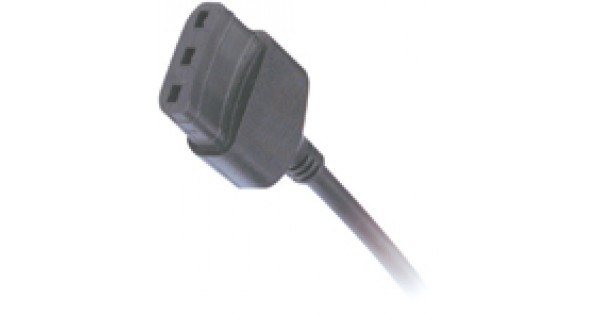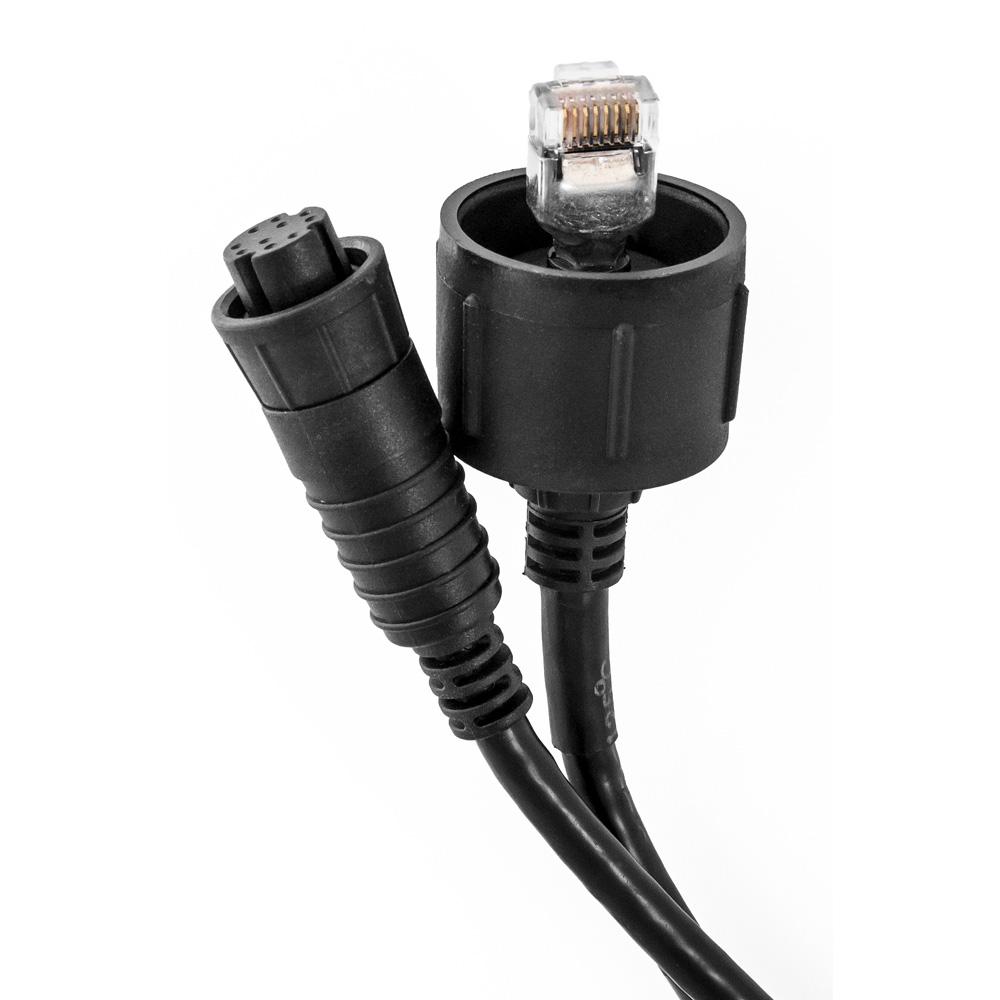Are you confused by all the Raymarine Seatalk protocols you see labelled all over devices these days? This brief article breaks down the main differences and support for each Seatalk protocol.
Seatalk 1
This is the original Raymarine networking protocol and consists of 3 wires, red, black and yellow. A Seatalk 1 network consists of daisy chained instruments sharing power and data along a single cable interconnecting each instrument. Seatalk 1 is not the same as SeatalkNG or NMEA 2000. A reference to just the word Seatalk is usually referring to Seatalk 1.

Yacht Devices has the NMEA 2000 Wi-Fi Router which includes a Seatalk 1 connection. This will allow the data from existing Seatalk 1 instruments to be available on a Wi-Fi network along with NMEA 0183 and NMEA 2000 data.
Seatalk 2
Seatalk 2 is a slightly newer Seatalk protocol and is compatible with SeaTalk NG albeit with a different connector. It is also NMEA 2000 compatible. You can use a ST2 adaptor cable to connect your existing Seatalk 2 network into a SeaTalk NG network.

Yacht Devices do not have any specific Seatalk 2 devices, however you can us the ST2 adaptor cable described above to connect this network to a SeaTalk NG network and therefore have access to the range of Yacht Devices available.
Seatalk NG
Seatalk NG is the most recent version of the Raymarine Seatalk protocols. It is compatible with NMEA 2000 and utilises its own connectors. The same topology rules for constructing a NMEA 2000 network are used in a Seatalk NG network.

Since the industry standard NMEA 2000 connector is a Micro C type we generally only stock and supply these models of Yacht Devices. An adaptor cable from SeaTalk NG to DeviceNet (Micro C) is available and allows all micro C based Yacht Devices products to connect to a SeaTalk NG network.
Seatalk HS
Seatalk HS is not compatible with any of the other Seatalk versions or NMEA 2000. It stands for Seatalk High Speed and is used for connecting Raymarine radar and fish finder devices to the chart plotter as these devices include a much high bandwidth of data and connect using ethernet connectors. Yacht Devices do not have any products compatible with this SeaTalk protocol.

